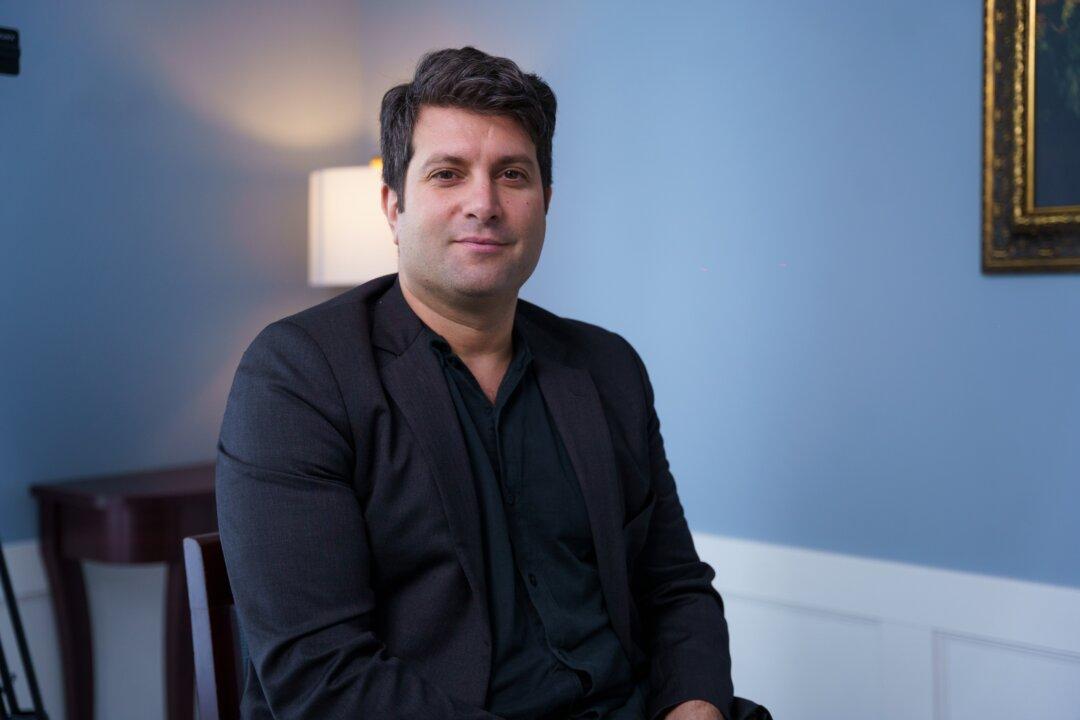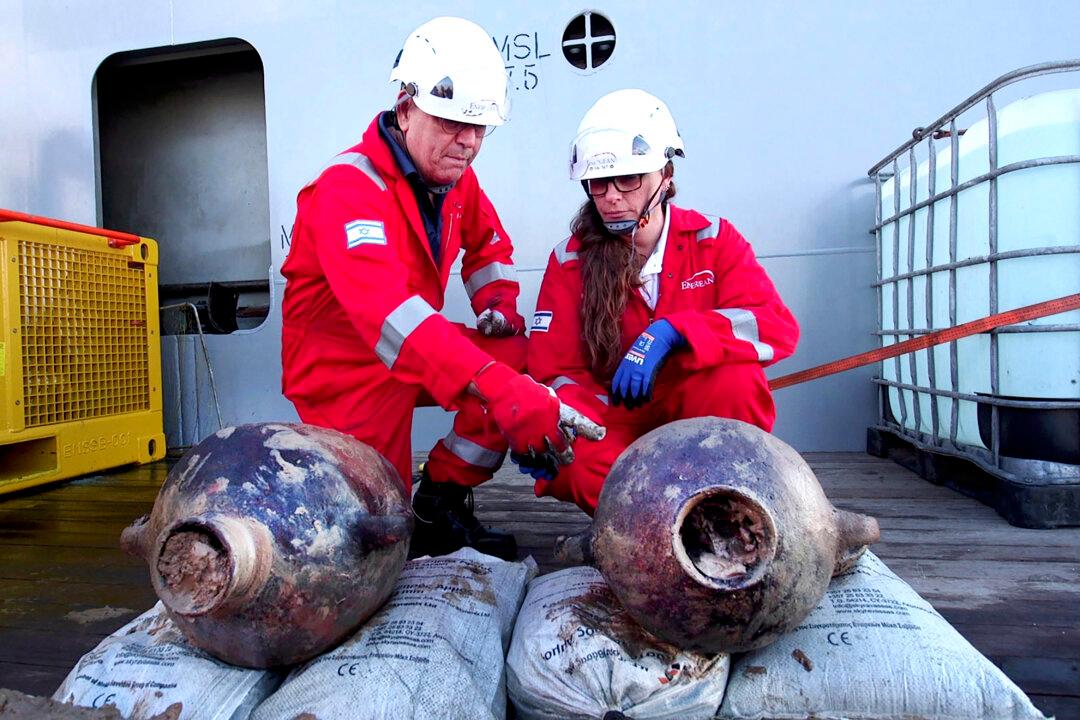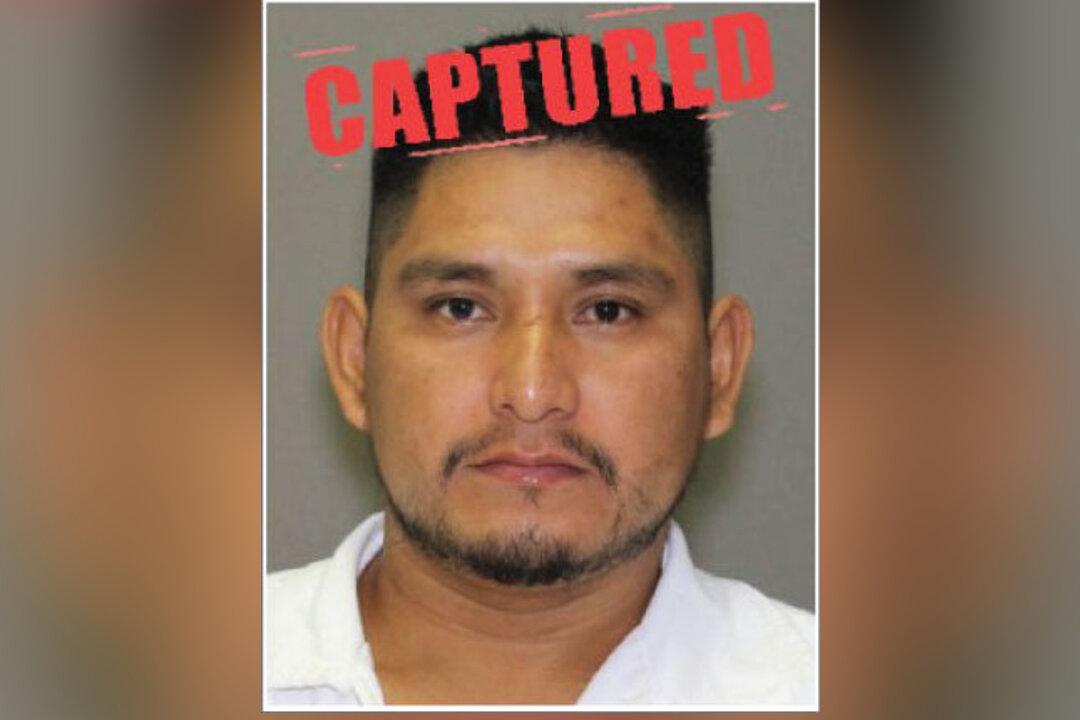The hoax of the century is that there exists a great threat of disinformation that is “so grave that it justifies a state of emergency in which unelected regulators and national security officials can violate the Constitution to protect individual American citizens,” according to a magazine editor.
Jacob Siegel, a senior editor at Tablet magazine, published “A Guide to Understanding the Hoax of the Century: Thirteen ways of looking at disinformation,” which documents these developments.






